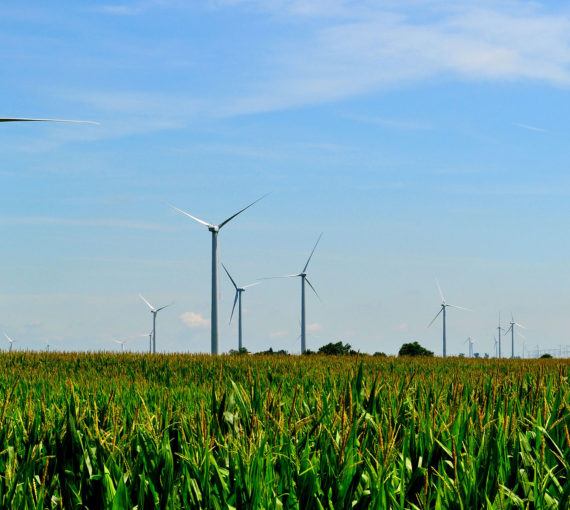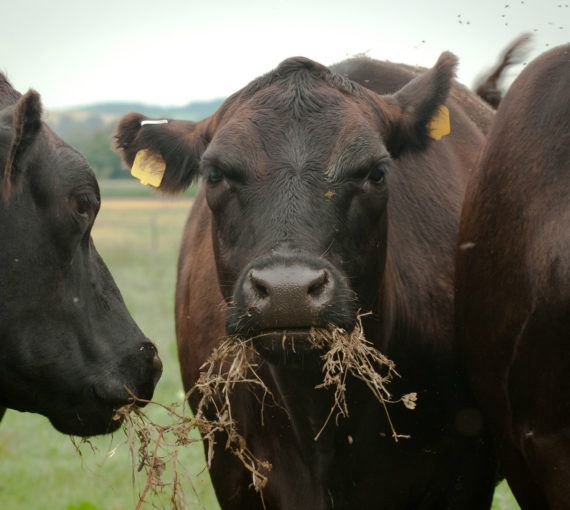
We have many opportunities to resolve the climate crisis. Food systems are a big part of the puzzle. (Photo: BedBible via Unsplash)
We all have to eat. But the ways in which we grow, harvest, process, transport, prepare and consume food are profoundly affecting everything on the planet, from climate to biodiversity to water.
A comprehensive new study finds food systems are responsible for about one-third of global greenhouse gas emissions. The study in Nature Food, by researchers from the UN Food and Agriculture Organization and the European Commission’s Joint Research Centre, includes a database that examines every stage of the global food chain from 1990 to 2015 by sector, greenhouse gas and country.
Most of the emissions, 71 per cent, come from agriculture and associated land use and land use change, including about 39 per cent from early stages — agriculture, aquaculture, fishing and fertilizer use — and one-third from agricultural land use and change, mainly due to carbon loss from deforestation and soil degradation, including peatland destruction.
The rest are from the supply chain: “retail, transport, consumption, fuel production, waste management, industrial processes and packaging.” In industrialized countries, these downstream sectors make up a larger average share.
…shifting to more plant-based diets can save habitat and natural spaces while reducing emissions.
Agriculture also takes up half the world’s habitable land. Livestock accounts for 77 per cent of that (including land for growing feed) while producing only 18 per cent of the world’s calories and 37 per cent of total protein. That continues to increase with human population growth: global food production increased 40 per cent between 1990 and 2015. So shifting to more plant-based diets can save habitat and natural spaces while reducing emissions.
Although the study shows the percentage of total emissions from food systems declined, that’s only because emissions from other sources — mostly burning oil, gas and coal for energy — increased.
The research has a silver lining. Sonja Vermeulen, program director at the Consultative Group on International Agricultural Research, told Carbon Brief that it shows we can feed the world’s eight billion people if we address the problems.
“It is theoretically possible, even with population growth, for everyone in the world to eat a healthy and culturally appropriate diet without transgressing planetary boundaries for carbon, biodiversity, nitrogen, phosphorus and water,” she said. “But that will take a lot of effort both technically and politically.” (Vermeulen wasn’t involved in the study.)
She noted resolving the climate crisis means addressing emissions not just from agriculture (which includes shifting to more plant-based diets) but also from energy and transport.
Methane is a much more potent greenhouse gas than CO2, but it remains in the atmosphere for a shorter time, so reducing these emissions can have rapid effects.
Although a major share of transport and energy emissions are carbon dioxide from burning coal, oil and gas, food systems are more complex. CO2 makes up only half of food-related emissions. Methane makes up 35 per cent — mainly from farming, livestock and rice production and waste treatment. Methane is a much more potent greenhouse gas than CO2, but it remains in the atmosphere for a shorter time, so reducing these emissions can have rapid effects.
Interestingly, packaging creates more emissions than “food miles” — 5.4 compared to 4.8 per cent.
The study also found the top six economies are responsible for 51 per cent of global food system emissions: China (13.5 per cent), Indonesia (8.8 per cent), the United States (8.2 per cent), Brazil (7.4 per cent), the European Union (6.7 per cent) and India (6.3 per cent).
The research also “highlights how global food systems are becoming more energy intensive, reflecting trends in the retail, packaging, transport and processing sectors, whose emissions are growing rapidly in some developing countries,” according to the FAO. Potent fluorinated greenhouse gases, used in refrigeration and other industrial applications, are rapidly increasing in industrialized countries.
This database helps identify the problems and their sources — a major step toward solving them. A wide range of other research points to solutions.
Farming in less disruptive ways is key. That can be accomplished through restorative agriculture to produce food in ways that don’t deplete soils and destroy carbon sinks, and shifting away from diets that rely heavily on animals like cattle and sheep, which require a lot of land and water and produce high methane emissions. (Plant-centred diets are also healthier.)
Reducing emissions related to packaging, transport, storage and processing is also important, as is cutting food waste.
We have many opportunities to resolve the climate crisis. Food systems are a big part of the puzzle. We need to start making changes now!



